The workshop aims to continue to improve the effectiveness of the work of protecting, promoting and enhancing the values of cultural heritage in Nam Cao homeland, contributing to the development of tourism and local socio -economy.
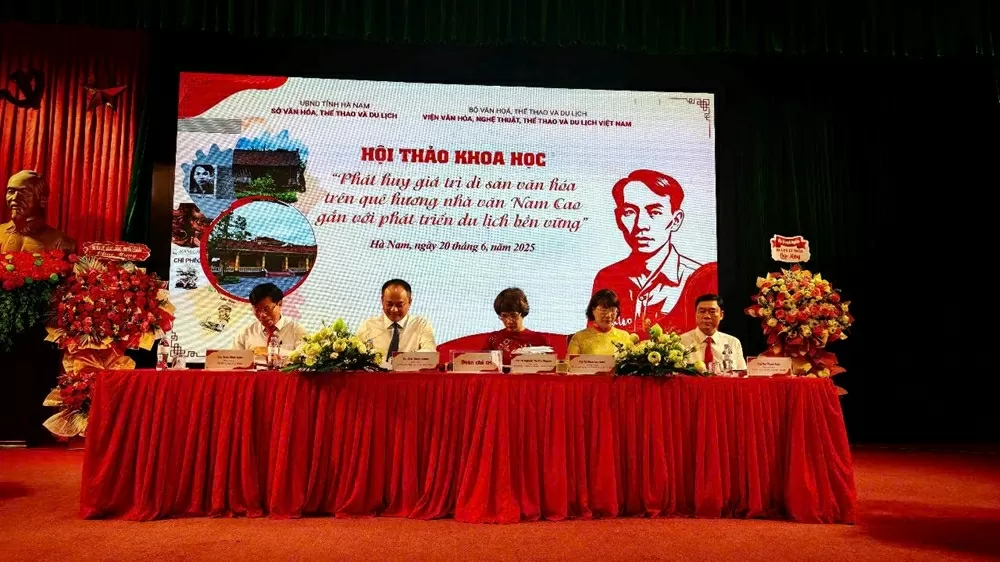 |
| Conference scene. (Source: Culture Newspaper) |
The event was attended by representatives of central departments, ministries and branches; leaders of Ha Nam province; representatives of associations, scientists, researchers; localities and representatives of central and local press and media agencies.
At the workshop, scientists and experts presented many papers in groups of topics: Overview and development orientation; Research andeducation on Nam Cao literary heritage; Development of literary tourism and sustainable tourism associated with Nam Cao heritage; Protection and promotion of the cultural heritage values of Nam Cao homeland.
According to Associate Professor, Dr. Nguyen Thi Thu Phuong, the workshop comprehensively assessed the potential and value of Nam Cao's literary heritage and the cultural heritage of his homeland.
From there, propose practical and sustainable solutions to protect and promote these values effectively, while closely linking with tourism development strategies.
It is also an important scientific forum where scientists, managers and the community come together to discuss, share experiences and provide strategic directions.
The ultimate goal is to effectively exploit the cultural heritage and literary heritage of Nam Cao and his homeland, contributing to the general socio-economic development of Ha Nam province and especially Ly Nhan district.
Nam Cao's real name is Tran Huu Tri, born on October 29, 1915 in Dai Hoang village (Cao Da commune, Nam Xang district, Ly Nhan prefecture, now Hoa Hau commune, Ly Nhan district, Ha Nam province). Since the works of writer Nam Cao were published and introduced to the public from the first half of the 20th century until now, his hometown, Hoa Hau commune in particular, Ly Nhan district in general, has been known by many readers and tourists as the land of unique tangible cultural values such as Dai Hoang communal house, temple and the memorial area of writer and martyr Nam Cao. At the same time, this is also a land that preserves a rich intangible cultural treasure through traditional customs and festivals, especially folk knowledge about cuisine, with the famous braised fish dish of Vu Dai village. The harmonious combination of these tangible and intangible heritages creates a colorful tourism picture, promising to bring visitors authentic and profound experiences about the culture, history and human life of the lowland region. |
Source: https://baoquocte.vn/nang-tam-gia-tri-di-san-van-hoa-tren-que-huong-nha-van-nam-cao-318604.html


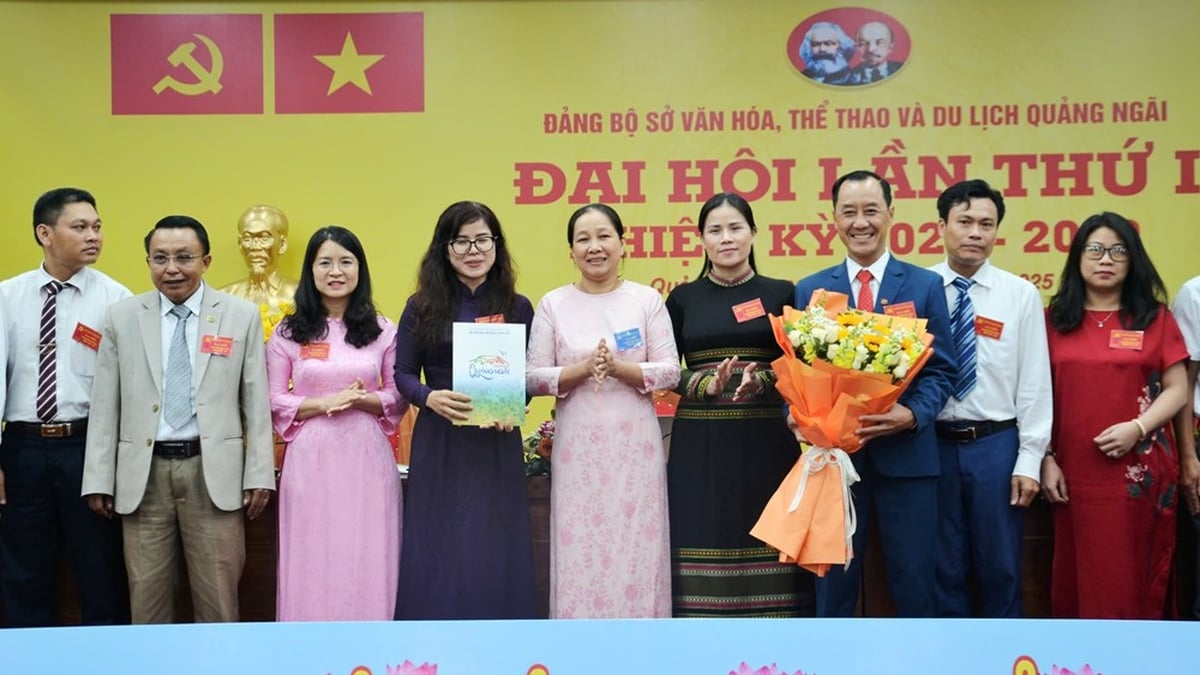

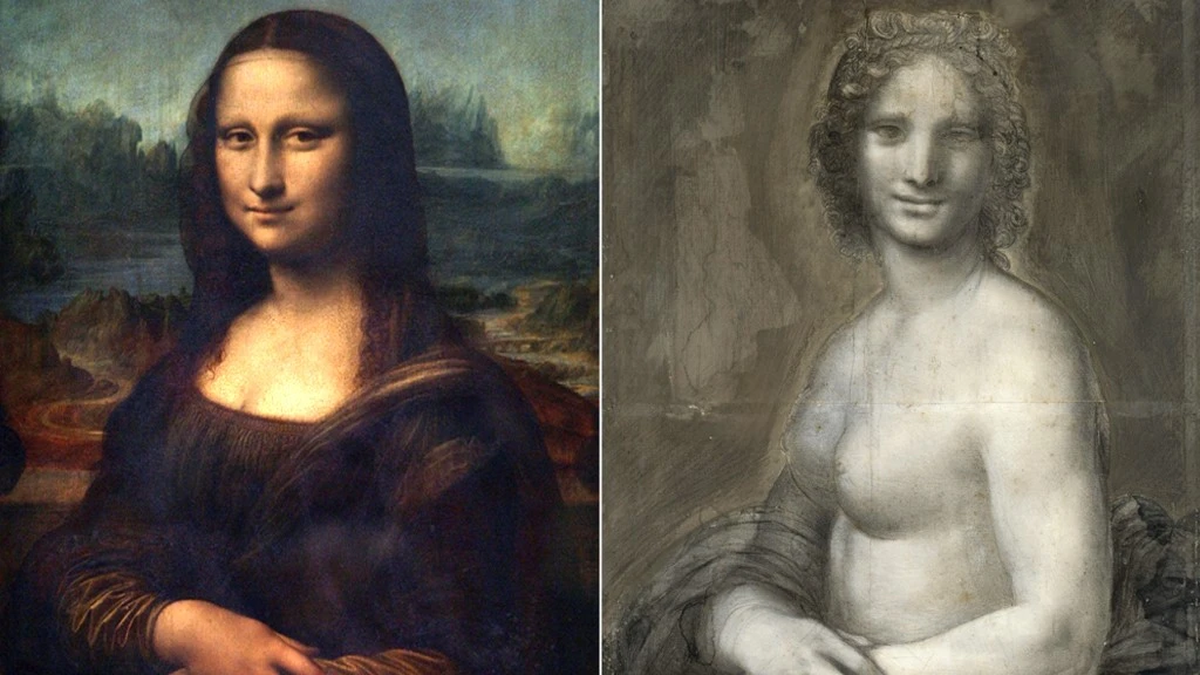
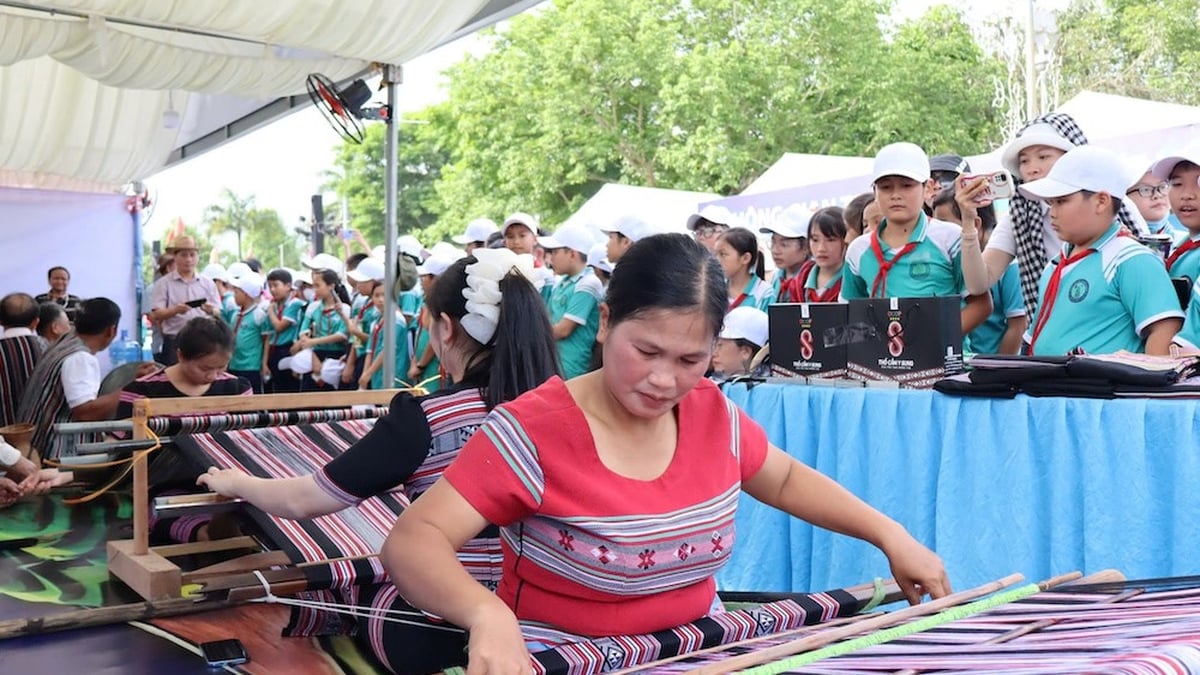

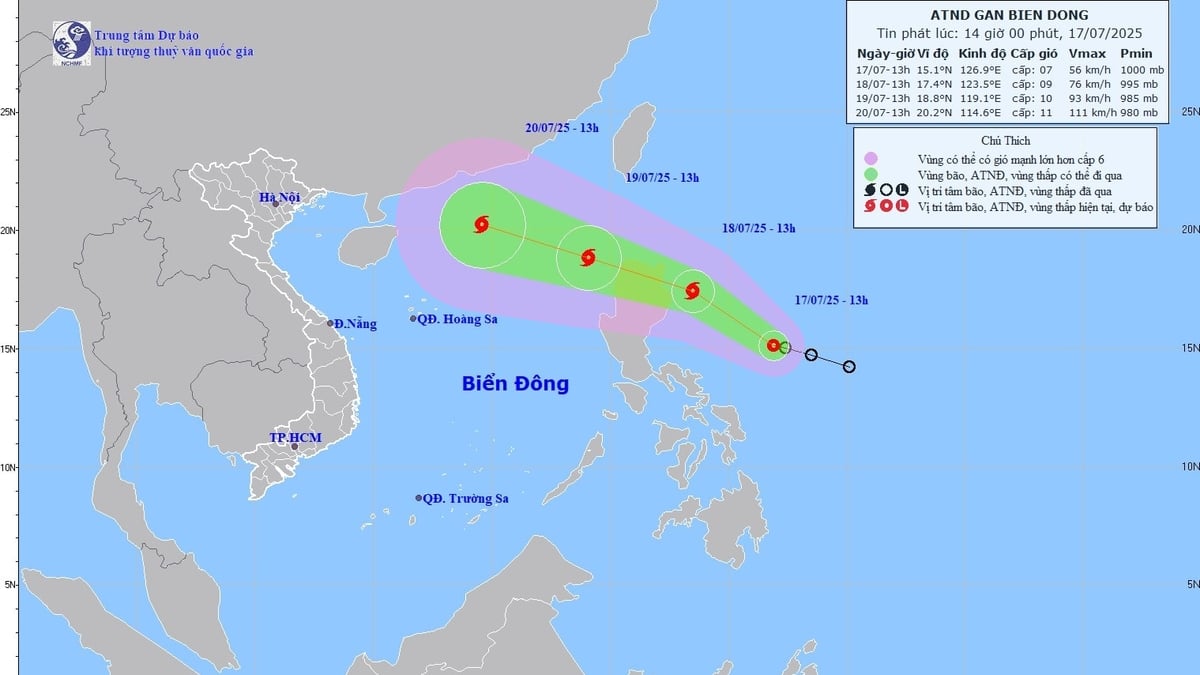



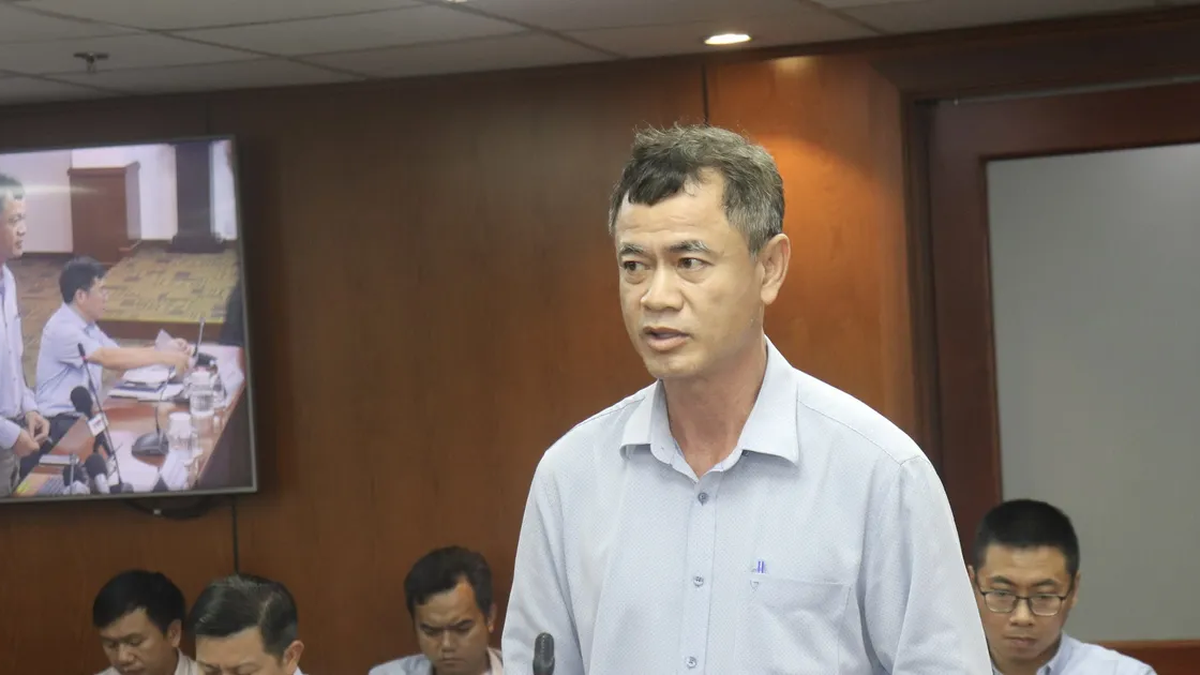























































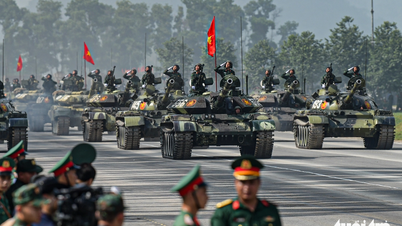




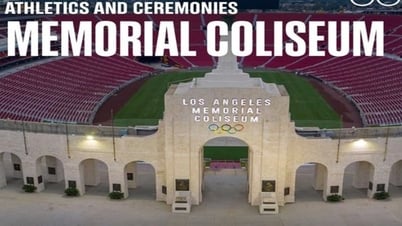

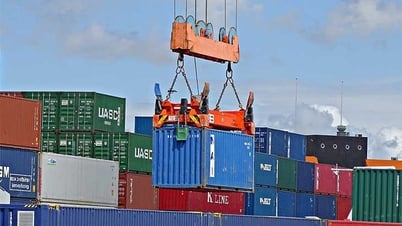

























Comment (0)